Straight photography, Photojournalism and Street Photography
- Straight and Documentary photographers
This type of photography is not only the best for capturing sociological or historical events or situations, it is the ONLY one that should be used. Other than light, focus and such, documentary pictures mustn't be modified in any way, otherwise it renders them pointlesss since they are not particularly beautiful or appealing to the eye, they are not straight photographies they become merely artistic pictures. Although, when they are not modified at all like Jacob Riis', Walker Evan's and Dorothea Langue's, they really do transmit and capture the reality of those moments and fulfill their goal as straight documentary photographies.
- Photojournalists
Photojournalism should've falled into the cathegory of straight and documentary photography, since (and this is still a problem these days) information that goes on newspapers and news in whatever format, must not be modified at all. They aren't far from documentary pictures but I think they should've been exactly the same except for their goal (news and newspapers). Photohournalist pictures, don't look particularly modified; although, they do not give the feel that what is photgraphed is happening and is all that real, in fact it seems as if they were planned out and people were posing for the picture. They are indeed striking and beautiful in their own way but photographs for journals should be a bit more real.
- War photographers
It is quite a shame that 95 of Robert Capa's photographs were destroyed because the 11 that survived are just amazing. They are obviously brought up by the fact that they are not taken in a staged D-day but in the actuall D-day and that he risked his likfe to take pictures. I think him and everyother war photographers were faced with the hardest photography challenge because the pictures must've been spontaneous and unplanned, you obvoiusly can't ask soldiers in the middle of the battle field to pose or stay still so it must've been hard to obtain good photographs and they all did. And even when they photographed the battle field once the battle was over, they had to hold their composure in front of probably hundreds of bodies lying on the floor and bloody sea-water and entire cities, houses destroyed.
- Nature photographers
Nature photographies are probably the most straight type of photographie because they have no reason to be modified and even if they were, it would make no difference. Also because they are all beautifull no matter what the photograph contains, nature in photography always looks well. Although, sadly, the straightest and more direct and objective type of photography (nature photography), doesn't have a socially productive goal other than being great art works.
- Street Photographers
Street photographers no matter where they are from, wether european or american, they all try to portrait the social condition of a paticular moment, in this caste the postwar period. but they do this with a more aesthetic approach. Their goal, even though they aren't modified or are modified slightly, is to produce a photograph which is interesting to watch and try to transmit the current conditions, but not so much as informing deeply into it but just a vague idea since their main concern was probably create appealing and beautiful photographs.
- Straight 'art' photographers
When the photographer's goal is to produce and art work it doesn't matter if they are modified or not, art expands the horizong massively and makes the a lot more interesting to watch and sometimes even more beautifull, as well as a bit creepy and weird (bordering on surrealism) suck as Kertesz's photographs, which were modified inmensely. And when they are not modified, they do lose a bit of what makes them a lot more interesting but they are very beautiful.
The body ugly
It is hard to figure out how these paintings fit in the postwar realism other than by their date or publication. Just as the very appropiate title says, these paintings show human bodies at their worst. With unproportioned unappealing ugly bodies and faces and most of them nude. In my opinion they wanted to transmitt that human nature is in fact quite ugly (because they had just seen that in the wars). There is also no denying that the painters had amazing skills and that the painting are great pieces of art but I would never even consider owning one.



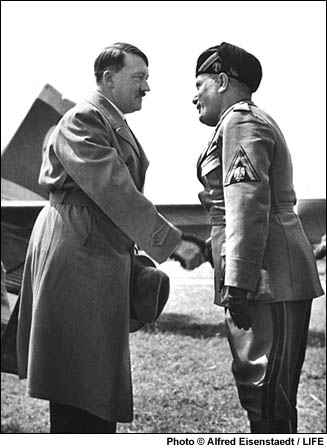













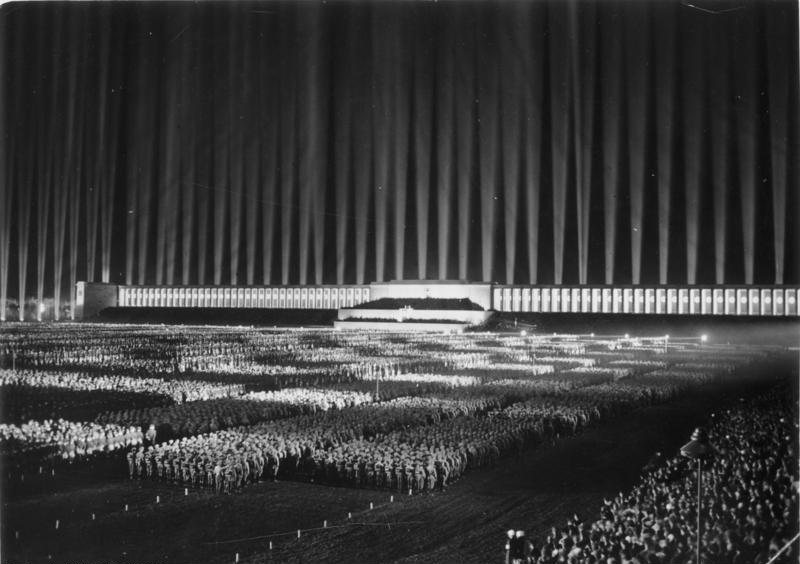




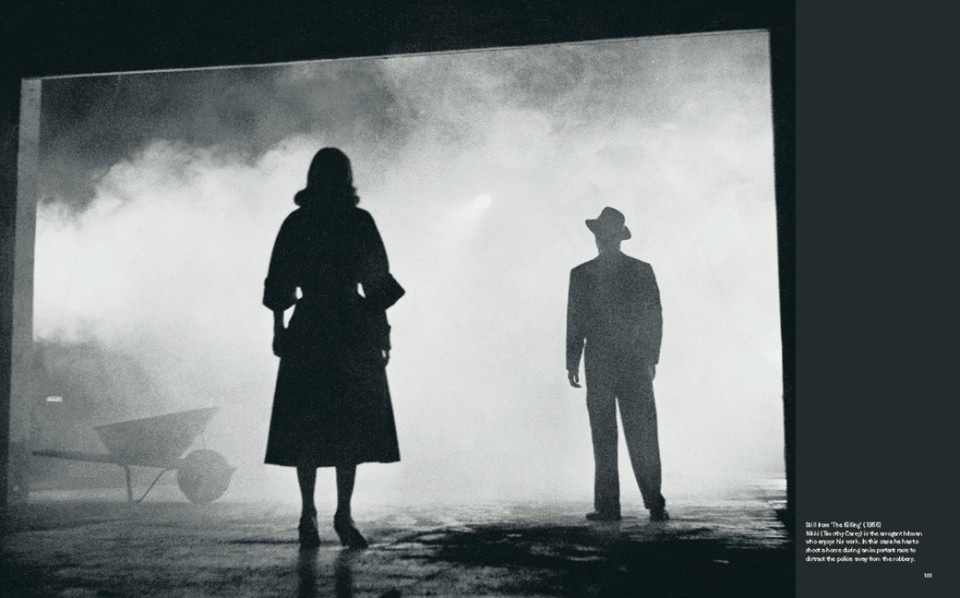

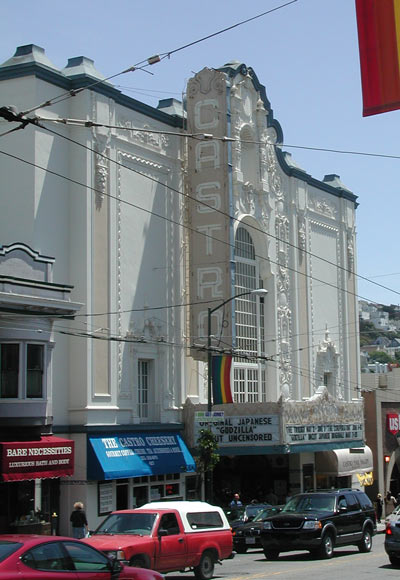
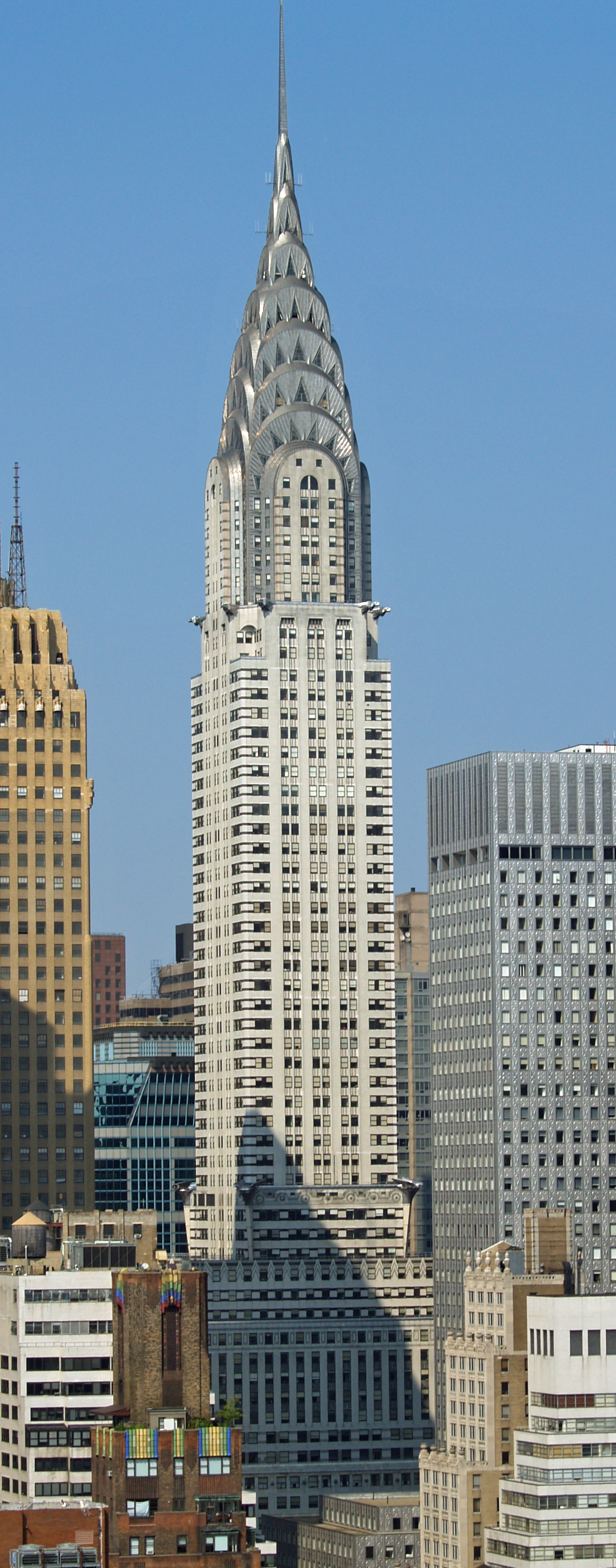
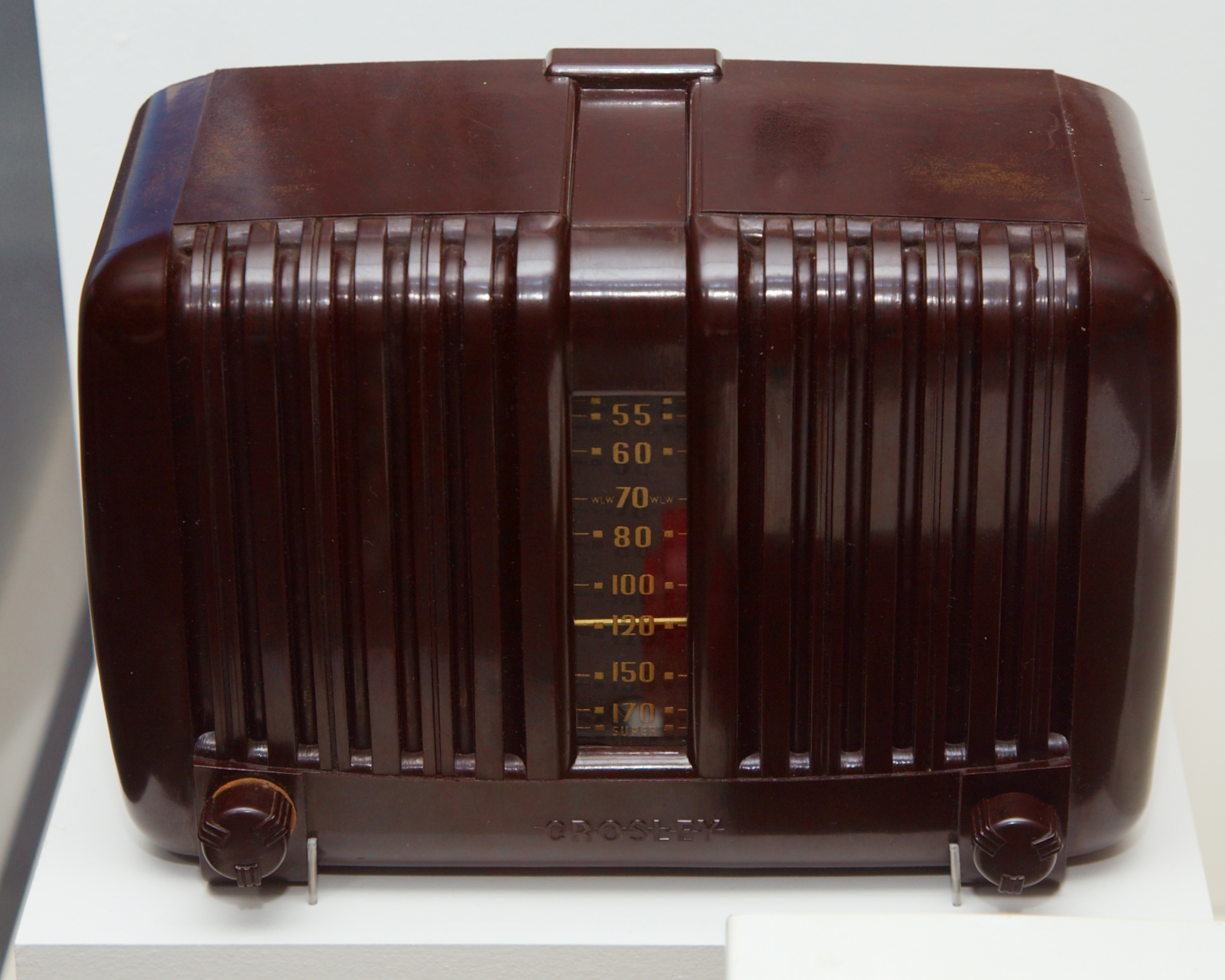
.jpg)
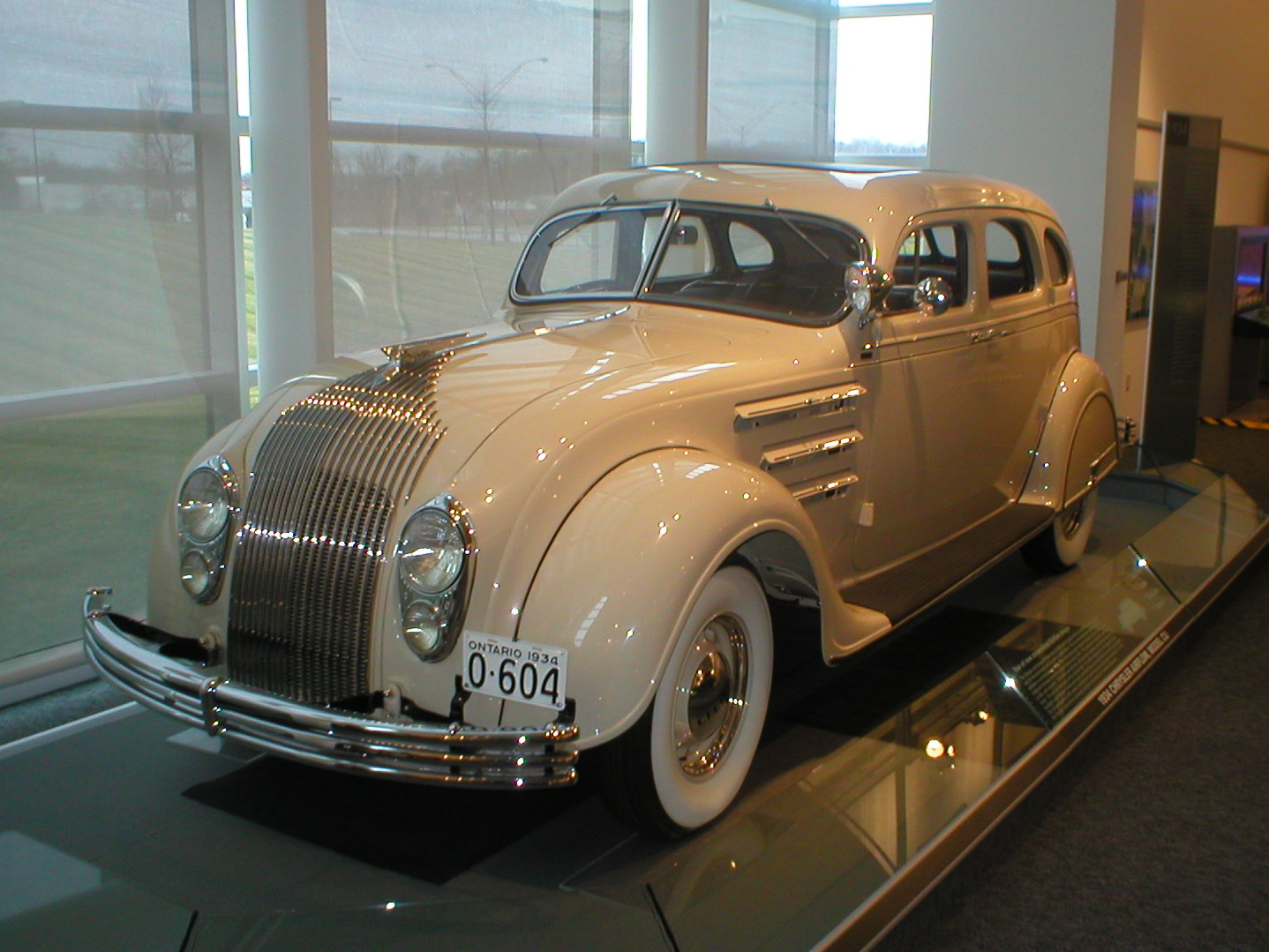














.jpg)



.jpg)
